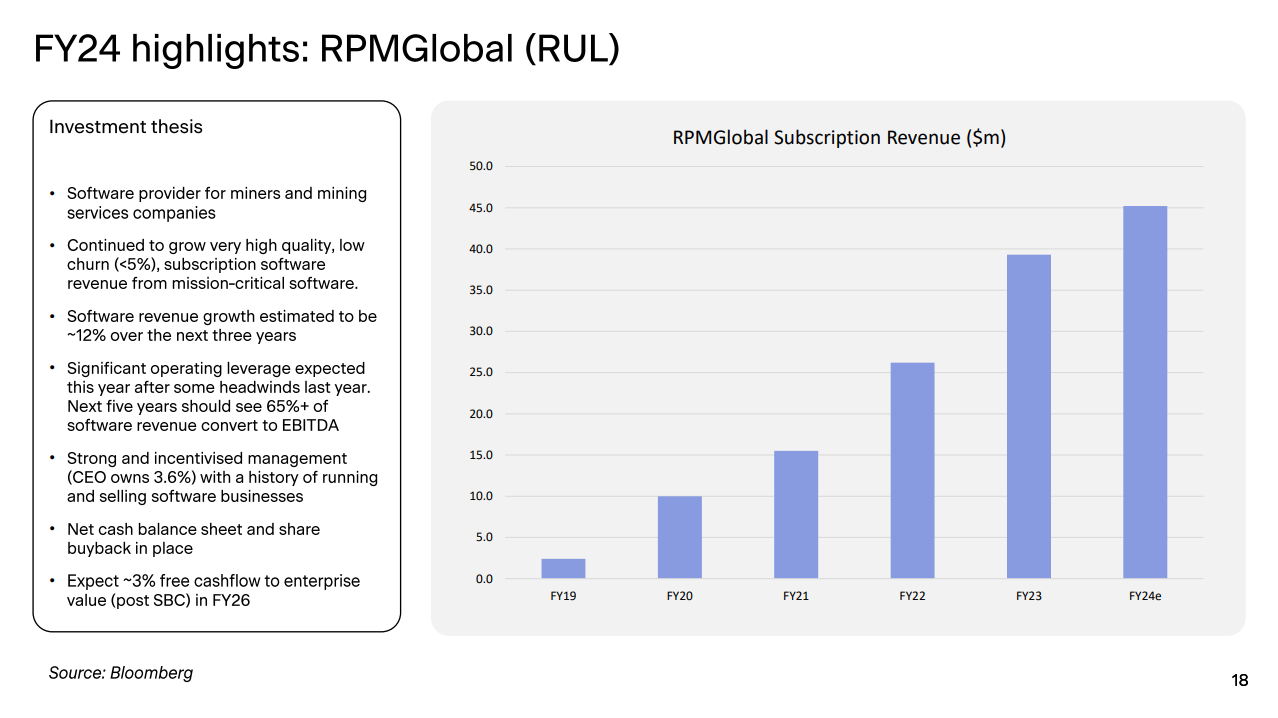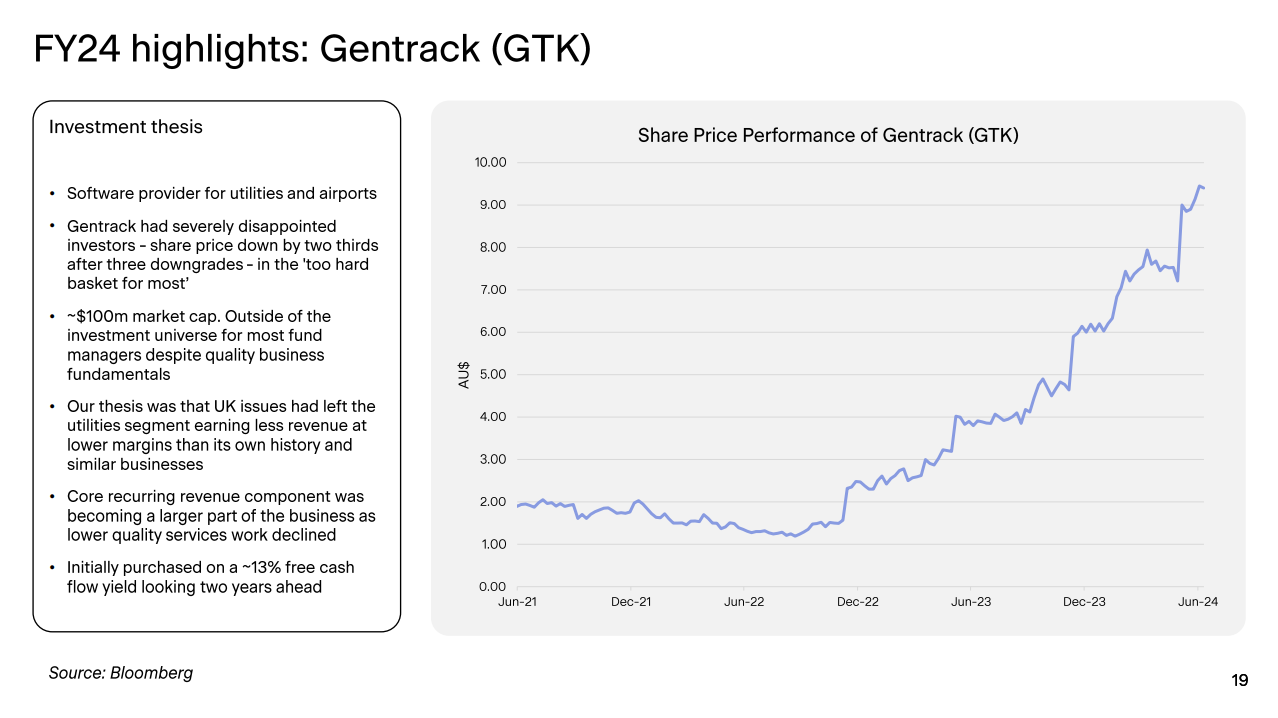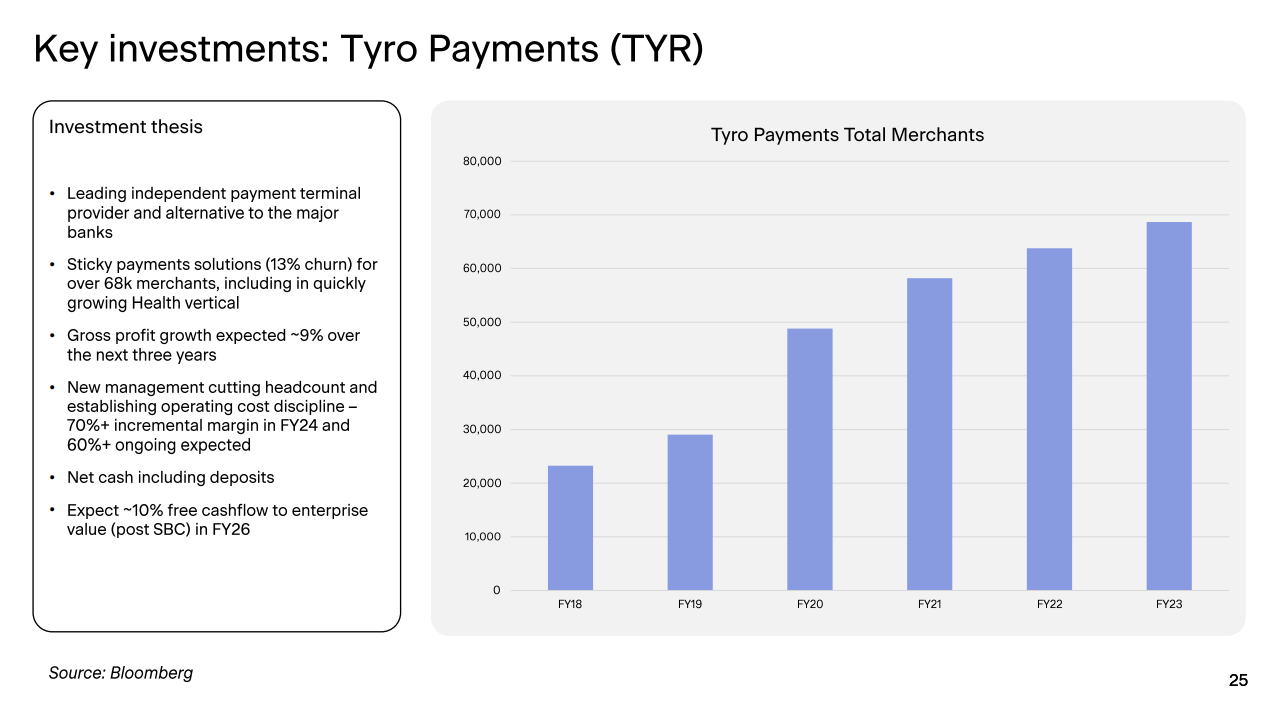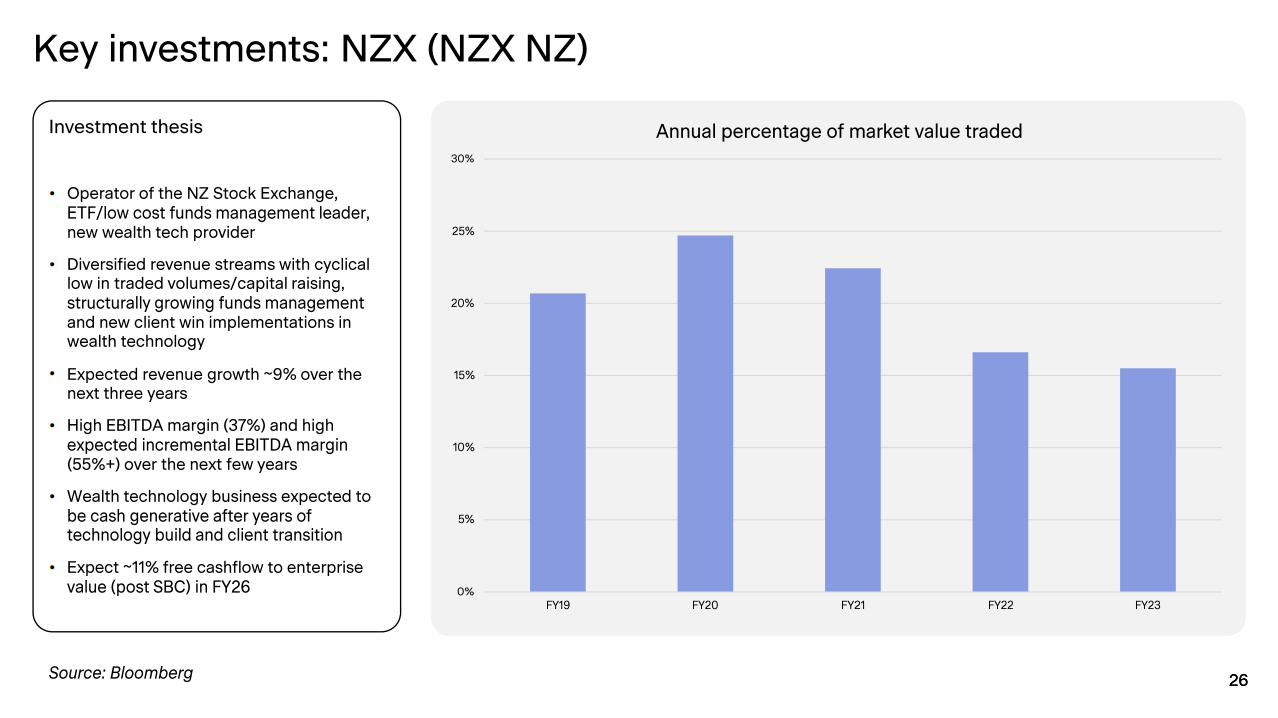Forager's 5 ASX stocks for long-term investors
Investors, at any level, need a process. Yes, making as much money as possible is the ultimate goal, but that’s a given.
A process should guide how you’ll approach the task at hand, and you should be able to refer to it when times get tough.
For Steve Johnson, Founder and Chief Investment Officer at Forager Funds, his process is about investing in businesses where the Forager team has a valid thesis for above-market returns over the long term.
It might sound obvious, but most people are trying to predict share price movements. Johnson’s view is that if his team can find the right businesses, and those businesses deliver the right results, the share price will look after itself.
The key ingredient, Johnson says, is a willingness to be contrarian and look for these businesses in places where others can’t (or don’t want to) look.
"You've heard me talk a lot over the past five years about not being blindly contrarian for the sake of it, but being willing to be contrarian when the time is right is a fundamental feature of what we do as a business", says Johnson.
"I think you've seen that in our best years typically, and that's what we are renowned for doing well - taking advantage of those points of market turmoil and picking through those sectors that other people are finding very unpopular at any particular point in time".
These factors allow Forager to focus on smaller companies, where Johnson believes active management can add the most value to people's portfolios.
"It allows us to have very flexible portfolios, so we're not just sticking to one particular type of business or sector", says Johnson.
"We're going where the opportunities are in the market".
The Forager team recently conducted their end-of-financial-year virtual roadshow to assess their performance against their objectives.
Below, we summarise the highlights of that webinar.
Forager Australian Shares Fund
The Forager Australian Shares Fund returned 18.7% in FY24, compared to its benchmark All Ordinaries Accumulation Index, which returned 12.5%.
RPMGlobal Holdings (ASX: RUL), Gentrack Group (ASX: GTK), and Catapult International (ASX: CAT) were the biggest contributors to performance. RUL and CAT were also the first and third largest holdings in the portfolio, respectively, as at June 30.
During the presentation, Johnson and Portfolio Manager Alex Shevelev touched on these stocks, as well as Tyro Payments (ASX: TYR) and NZX (NZX: NZ). The summaries for each stock are taken directly from the roadshow presentation.

"RPMGlobal contributed over 6% to portfolio performance in FY24. As a quick reminder, this is a software business for miners and mining services companies," Portfolio Manager Alex Shevelev says.
"It is growing a very valuable, high-quality revenue stream with very low churn. That means when their software is deployed to a customer, it very rarely gets switched off, and it is used in some very critical applications for those customers.
"We believe that over the next three-odd years, we're going to see software growth of over 10% for the business.
"And very importantly, from this year onwards, we believe that there will be significant operating leverage. As that cost base is put in place, new and incremental revenue will start falling down to profit at a much higher rate.
"We have a very well-incentivized management team. The CEO owns 3.6% of the company and has a good history of running and selling these businesses. RUL has a net cash balance sheet, with a buyback in place early in July.
"We did see a slowing of the company's growth rate. It's a bit slower than we had hoped for, but it's pleasing to see that it continues to grow, and we think that operating leverage will start to kick in. The company remains on about a 3% free cashflow yield to enterprise value, and we remain shareholders, although in a smaller way than you see at the end of 30 June."

"Gentrack has been another large contributor over the last couple of years. This is another software business. It's a provider for utilities and airports," Shevelev says.
"We came to this business when the share price was severely depressed, down by two-thirds. There had been multiple downgrades and it was just in the too-hard basket for most investors.
"The market cap had reached down to nearly $100 million, and liquidity had almost completely dried up, but the business remained quite high quality in that core bit of recurring revenue.
"Again, it is very difficult to switch this product off once it is deployed in customers.
"There were some issues in the UK, where some customers were actually going broke and therefore turning the software off, but we thought that the overall business was underearning with respect to the margins that they could generate, and Australia and New Zealand were fairing somewhat better, as was the airports business."

"Catapult is the largest position in the portfolio. It was a meaningful contributor last year, and we think it is well-placed to be a meaningful contributor in the 2025 financial year as well," Shevelev says.
"They're a global leader in providing wearables technology to professional sports teams. They are little devices that go in vests that allow coaches to see how players are performing on the field.
"They have a video division that has been a slower grower over time, but with an acquisition made a couple of years ago and integration with their wearables business, it's become a bigger portion and a bigger driver of growth into the next couple of years.
"This is another business with a lot of recurring revenue and it is very, very sticky.
"Once a professional sports team starts using Catapult's technology, they very rarely switch it off. The churn is only about 4% a year. That said, the revenue growth is substantial as well. We're talking about over 15% revenue growth expected over the next three years."

"You would've seen Tyro's terminals around, they are the leading independent payment terminal provider," Shevelev says.
"It's a big alternative for small and medium enterprises to the major banks.
"It is currently trading on about a 10% free cashflow yield, which is particularly attractive.
"It is facing some macro headwinds, which have caused other investors to sell that stock down."

"Another interesting business in the financial space we've become recent investors in is the NZX. This is the operator of the New Zealand Stock Exchange. It is also the provider of ETF and low-cost funds management in New Zealand, and it also has a small wealth technology division that's akin to a Netwealth or Hub in Australia," Shevelev says.
"This business has quite a lot of revenue streams. It's actually quite diversified. One of the elements on the exchange side of things that caught our attention is the low velocity of the market turnover that they have seen recently.
"We think it is cyclical that we get incremental revenue from more traded value in the New Zealand market. Associated with that are more primary capital raisings and more secondary capital raisings, which will drive their revenue.
"The cost base here is quite fixed, so that should see quite a significant amount of that incremental revenue come down to profit.
"We think this business is over a 10% free cashflow yield to enterprise value when we look into the FY26 year."
3 topics
4 stocks mentioned
2 contributors mentioned

.jpg)
